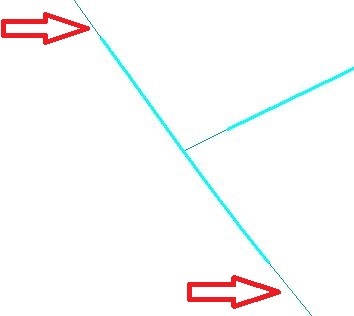In this case they are steel pipe segments that are in between two plastic pipe segments. Does anyone have any ideas about which direction to go in with this? I've included an image for reference.

In this case they are steel pipe segments that are in between two plastic pipe segments. Does anyone have any ideas about which direction to go in with this? I've included an image for reference.
